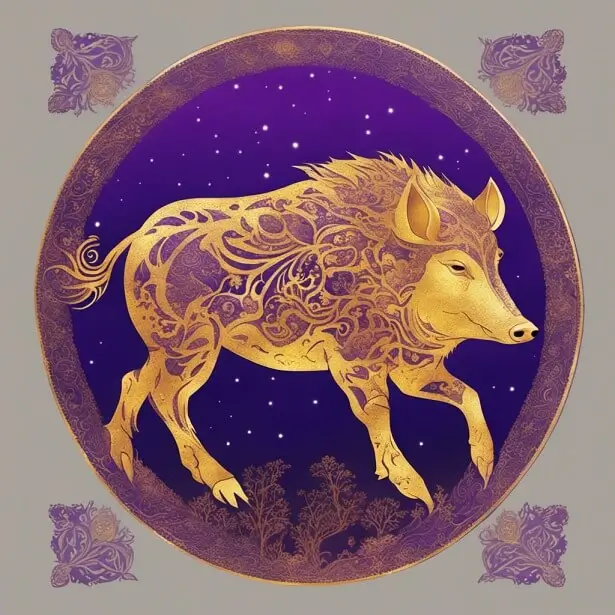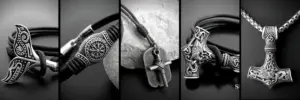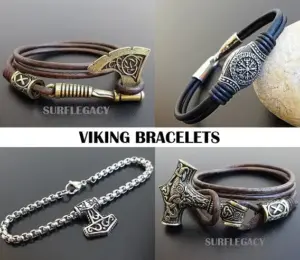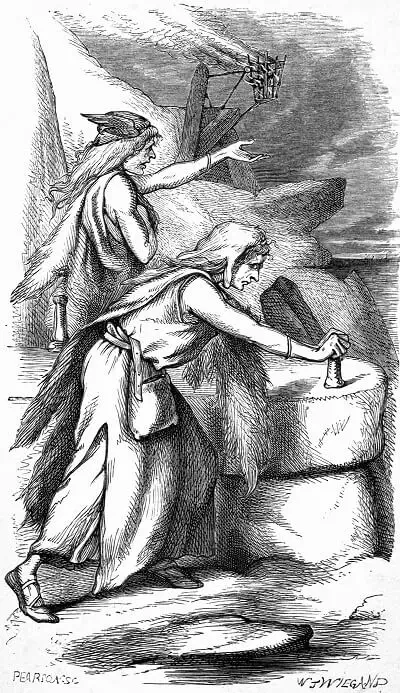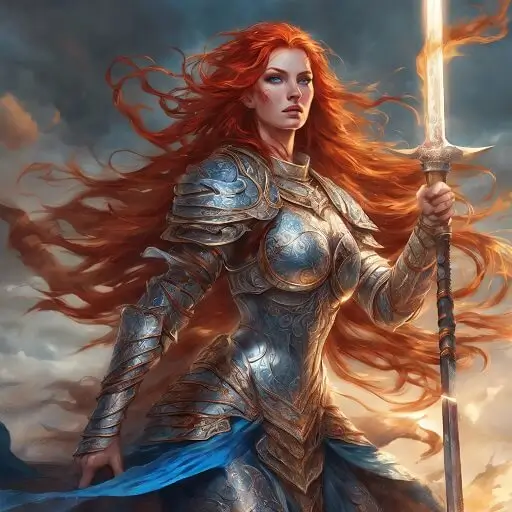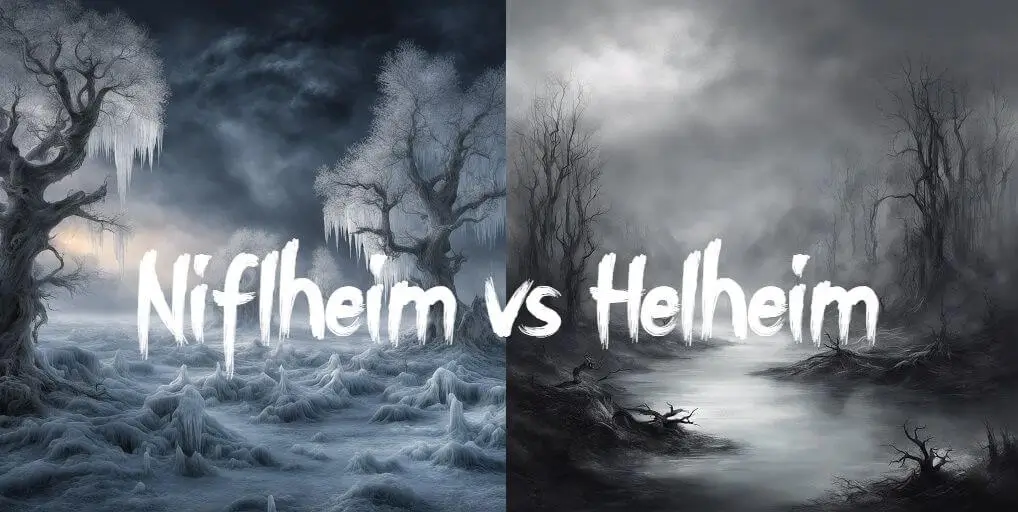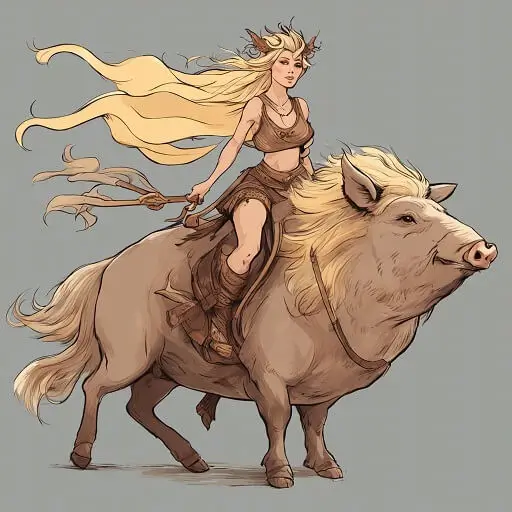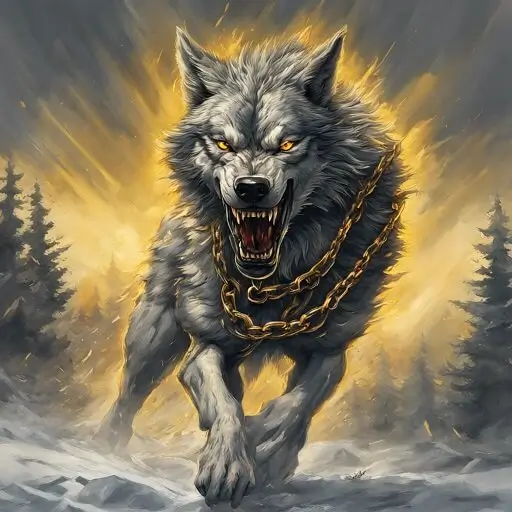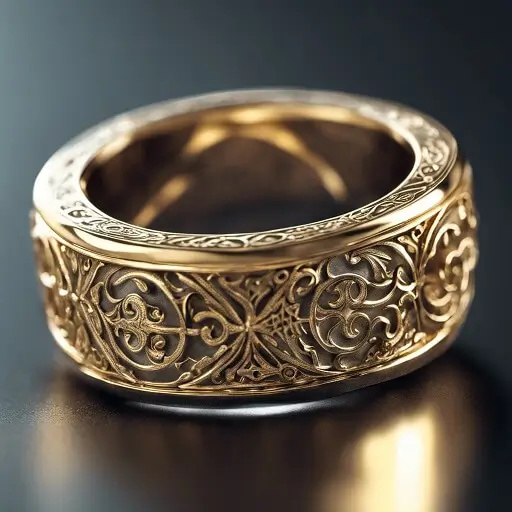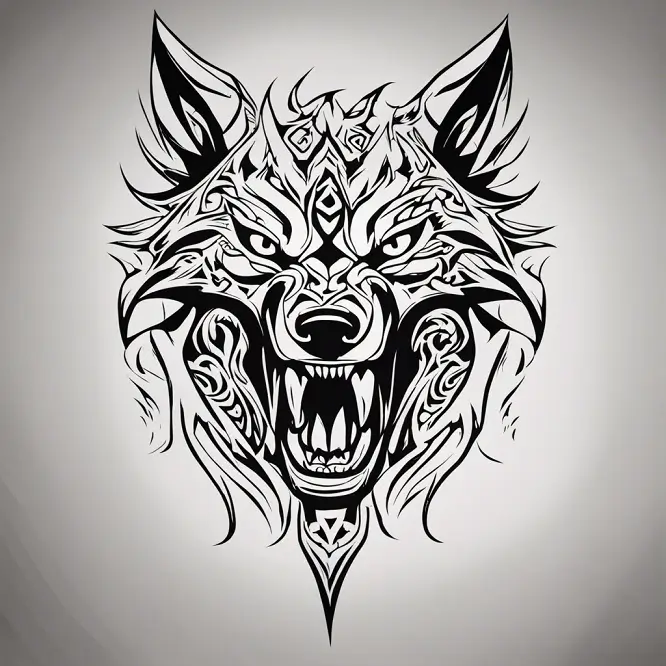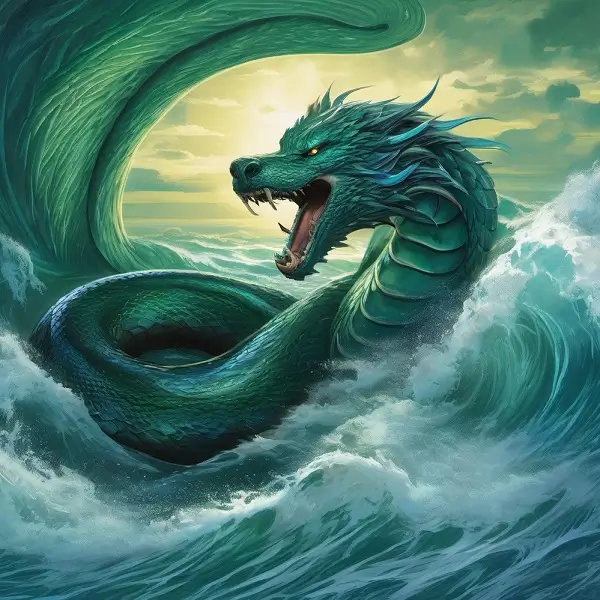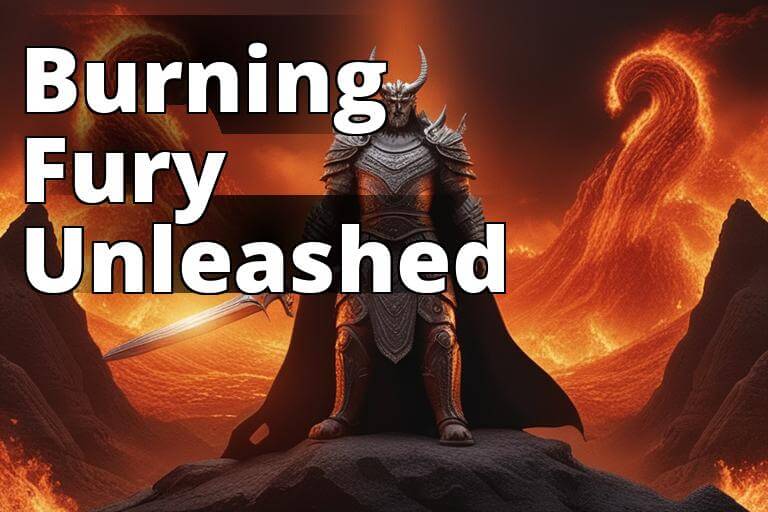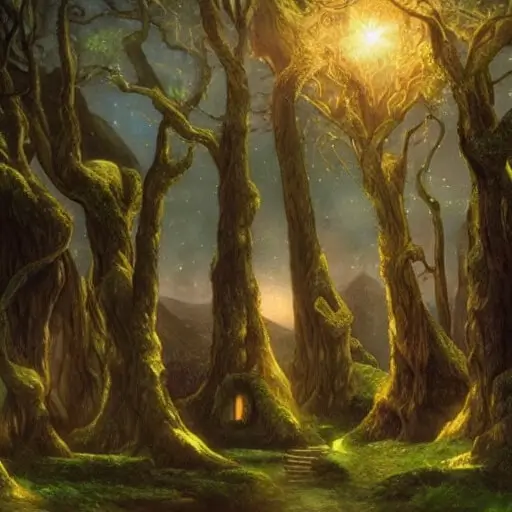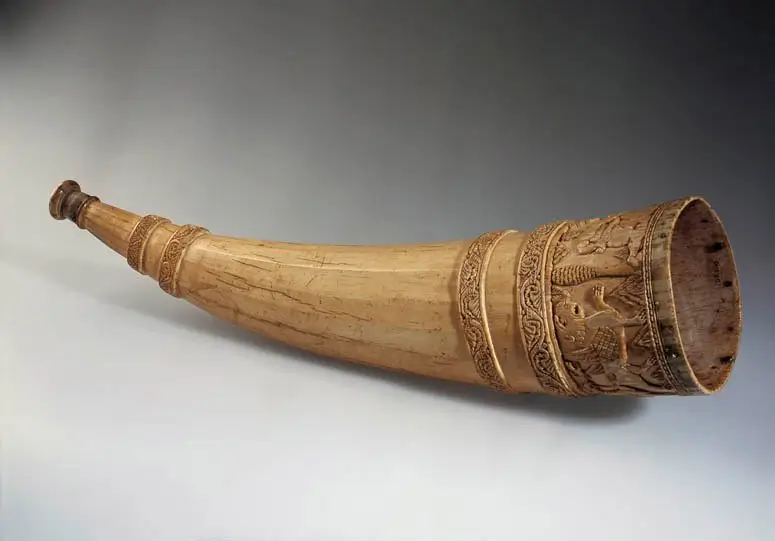In the captivating myths and legends of Norse mythology, Gullinbursti stands out as one of the most remarkable creatures. This mystical boar with its magnificent golden mane illuminates the tales in which he appears. As an invaluable companion to the Norse god Freyr, Gullinbursti symbolizes key aspects of ancient Viking culture.
Key Takeaways
- Gullinbursti was a divine golden boar in Norse mythology with unparalleled speed and a glowing mane.
- The boar was forged by the masterful dwarven craftsmen Brokkr and Eitri.
- Gullinbursti became closely linked to the god Freyr as his companion, mount, and protector.
- In Norse culture, Gullinbursti was an important symbol of fertility, renewal, courage, and the sun.
- The magical boar connected the human world to the gods and natural world in Norse beliefs.
- Gullinbursti remains one of the most legendary creatures in Norse tales, capturing imaginations today.
Etymology and Meaning Behind the Name
True to his defining feature, the name Gullinbursti derives from Old Norse and means “Golden Bristles” or “Golden Mane.” It is a compound word formed from “gullin,” meaning gold, and “bursti,” signifying bristles or mane. This perfectly encapsulates the most striking attribute of the boar, its radiant golden mane said to glow as brightly as the sun itself.
Gullinbursti is also known as “Slíðrugtanni,” another Old Norse term meaning “Dangerous Tooth” or “Sharp Tooth.” This refers to the boar’s fierce nature and formidable tusks. Both names capture the dual essence of the boar, blending beauty and brilliance with raw power.
The Origins and Creation of Gullinbursti
The magical boar Gullinbursti traces its origins to one of the most well-known Norse myths detailing the mischievous exploits of the god Loki. As told in the Skáldskaparmál section of Snorri Sturluson’s Prose Edda, Loki had challenged the talents of the dwarf brothers Brokkr and Eitri, claiming they could not make treasures to rival those crafted by the Sons of Ivaldi.
Eager to win the wager, Eitri laid a pigskin in the blazing forge and instructed Brokkr to work the bellows and not stop until the item was complete.
While Eitri briefly left the workshop, Loki transformed into a fly and bit Brokkr’s hand, hoping to sabotage the dwarves’ work. But Brokkr persisted despite the pain, and when Eitri returned, they pulled a live golden boar from the forge – Gullinbursti, with mane and bristles gleaming as bright as the sun.
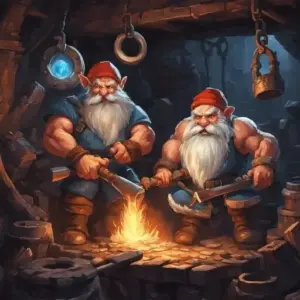
Despite Loki’s interference, the dwarves had forged a being of great power and brilliance, proving their skills as master craftsmen. Gullinbursti was given to Freyr, beginning the boar’s fated partnership with the Norse god.
Treasures Forged by Dwarves:
| TREASURE | DESCRIPTION OF POWERS |
|---|---|
| Mjölnir | Thor’s hammer, forged by dwarves Sindri and Brokkr. Possessed the power to level mountains and was impervious to most blows. Always returned to Thor’s hand when thrown. |
| Sif’s Hair | Replaced the golden hair Loki cut from Sif’s head as a prank. The dwarf-crafted replacement hair magically grew like natural hair. |
| Draupnir | Odin’s ring that dripped 8 new gold rings every 9 days. |
| Gullinbursti | Freyr’s golden boar that could run through air and water. Its bristles glowed in the dark. |
| Skíðblaðnir | Freyr’s foldable ship that always had a favorable wind when sailing and could contain all the Norse gods. |
| Gleipnir | Slender silken ribbon that could bind even the mighty Fenrir wolf due to its magical crafting. |
| Gungnir | Odin’s spear imbued with runic power. It never missed its target and always returned to Odin’s hand when thrown. |
| Brísingamen | Necklace of the goddess Freya of incomparable beauty and radiance. |
Gullinbursti’s Important Bond with the God Freyr
In Norse mythology, the god Freyr forged a close bond with the golden-maned boar Gullinbursti. As Vanir god of prosperity, fertility, and abundance, Freyr embodied passions and vitality, connected strongly to the natural world.
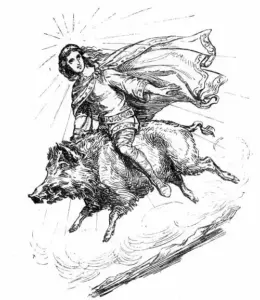
Freyr riding Gullinbursti
Gullinbursti is frequently depicted at Freyr’s side, accentuating the god’s tie to beasts and nature. The boar serves as both companion and mount to the god, accentuating Freyr’s connection to fertility and strength.
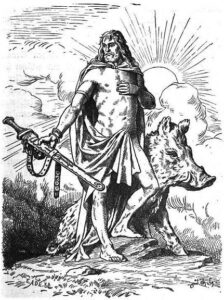
Gullinbursti by Johannes Gehrts
An important example of their paired presence is in the funeral procession of Baldr, god of light, as depicted in the skaldic poem Húsdrápa by Ulr Uggason.
The poem describes Freyr “First on the golden-bristled Barrow-boar” riding to Baldr’s funeral, with Gullinbursti illuminating the way even through darkness. This exemplifies the boar’s loyalty and protective powers.
Powers and Abilities of the Magical Boar
Gullinbursti was no ordinary boar. This mystical beast possessed extraordinary abilities that made him invaluable to the god Freyr while amplifying his own symbolism and presence in Norse mythology.
Foremost was the boar’s outstanding speed and strength. Gullinbursti could race across land, sea, and sky faster than any horse, serving as both steed and protector to Freyr in their adventures. The glow emitted from Gullinbursti’s golden mane and bristles could bring light to even the blackest night or dreariest realms.
These attributes amplified the boar’s connections to concepts like fertility, renewal, and the power of the sun. His speed, strength, and radiance made him a valuable ally and guardian. Gullinbursti’s abilities underscored the boar’s divine brilliance and vitality.
Gullinbursti’s Meaning and Symbolism in Norse Culture
In addition to its ties to Freyr, Gullinbursti held an important place in Norse culture, rituals, and symbolism. Boars were commonly associated with rituals for Yule, a winter solstice festival, where boar sacrifices would take place and Gullinbursti invoked.
The boar’s image during Yule celebrations represented concepts like fertility for the new year, abundance, and the return of the sun after winter’s darkness. Gullinbursti underscored ideas of renewal, energy, and the perpetuity of cycles central to Norse beliefs.
More broadly, boars signified courage, tenacity, and strong Mother Earth connections in Norse culture. Gullinbursti brought these meanings to life through stories and myths.
Along with exemplifying desired virtues, Gullinbursti and other boars like Sæhrímnir connected the human world to the realm of the gods and natural world.
Other Famous Boars from Norse Mythology
- Hildisvíni – A boar that belonged to the goddess Freyja. It was actually the human hero Ottar transformed into a boar by Loki.
- Sæhrímnir – A divine boar slaughtered every day to feed the warriors in Valhalla. It would come back to life each morning.
- Slíðrugtanni – One of the names for Freyr’s boar Gullinbursti, meaning “Dangerous Tusks.”
- Hildesvini – Another boar belonging to Freyja that means “Battle Swine.” It may be the same boar as Hildisvíni.
- Tanngrisnir and Tanngnjóstr – The two goats that pulled the god Thor’s chariot. Their names mean “Teeth Barer” and “Teeth Grinder.”
The most prominent boars in Norse mythology seem to be Gullinbursti/Slíðrugtanni belonging to Freyr and Hildisvíni belonging to Freyja. Sæhrímnir also played an important role as the ever-resurrecting feast boar of Valhalla.
The identity of the divine beast Sæhrímnir has sparked debate among Norse mythology scholars. Some posit that Sæhrímnir may have been a creature of the sea rather than a boar that was slaughtered to feed the Viking warriors in Valhalla.
However, boars feature prominently in other Norse myths, such as Freyr’s famous companion Gullinbursti and Freyja’s boar Hildisvíni. Boars were also commonly sacrificed in ancient Norse rituals and ceremonies.
Given the prevalence of boars in Norse legend and culture, it seems unlikely they would substitute fish for a boar as the central feast beast of Valhalla.
The Vikings placed high value on boar meat as a food source and symbol of strength. Therefore, Sæhrímnir was likely intended as a mystical, resurrecting boar that provided perpetual sustenance to the Norse gods’ greatest warriors.
The Enduring Legacy of Gullinbursti
The legends of Gullinbursti, the golden-maned boar, remind us of the meaningful symbolism and cultural values woven into Norse mythology. While a fantastical creature, the boar represented virtues like bravery, fertility, loyalty, and perseverance.
Gullinbursti’s partnership with Freyr underscored the interconnectedness between gods and nature.These stories give insight into how early Norse people made sense of their world and the mystical forces around them.
The vivid imagery and symbolism of Gullinbursti continue to capture imaginations today. The tales of this radiant boar remain influential and blend magic with deeper meaning in the vibrant tradition of Norse mythology.
Frequently Asked Questions About Gullinbursti
Gullinbursti is a captivating creature of Norse myth. Here are answers to some frequently asked questions about this golden-bristled boar:
What does the name Gullinbursti mean?
Gullinbursti comes from two Old Norse words – “gullin” meaning gold and “bursti” for bristles or mane. Together the name signifies the boar’s golden bristles or mane.
How was Gullinbursti created?
The dwarves Brokkr and Eitri forged Gullinbursti after laying a pig skin in their blazing forge. Despite Loki’s interfering, their work produced a living golden boar with a mane as brilliant as the sun.
What powers did Gullinbursti possess?
Gullinbursti could run across land, sea, and air faster than any steed, providing transport and protection to Freyr. The boar’s golden mane also emitted a glow to illuminate even the darkest night.
What was Gullinbursti’s relationship to Freyr?
The god Freyr had a close bond with Gullinbursti, who served as companion, mount, and protector. The boar amplified Freyr’s connections to nature and fertility.
How did Gullinbursti feature in Norse culture?
During Yule and other rituals, Gullinbursti represented concepts like fertility, courage, and the return of the sun after winter. The boar connected the human world to the realm of the gods.
Gullinbursti endures as one of the most legendary beasts in Norse mythology, a divine golden boar symbolizing power, fertility, renewal, and the mystical ties between gods, mankind, and the natural world. The vibrant tales of Gullinbursti continue to capture imaginations today.
What role did Gullinbursti play in the funeral procession of Baldr, and how did the boar’s presence impact the event?
Gullinbursti played a significant role in Baldr’s funeral procession, where he illuminated the way, even in darkness, as depicted in the skaldic poem Húsdrápa by Ulr Uggason.
Could you elaborate on the significance of Gullinbursti in the context of Yule rituals and boar sacrifices?
Gullinbursti was closely tied to Yule rituals, symbolizing concepts like fertility and the return of the sun. Boar sacrifices during Yule were meant to invoke these ideas.
In addition to its association with Freyr, did Gullinbursti have any connections to other Norse gods or beings?
While Gullinbursti is primarily associated with Freyr, there’s no substantial connection to other Norse gods or beings in the existing myths.
Can you provide more information on the physical appearance and characteristics of Gullinbursti beyond its golden mane and bristles?
Gullinbursti is mainly known for its radiant golden mane and bristles, symbolizing its brilliance and vitality in Norse mythology.
Conclusion
The captivating tales of the mystical golden-maned boar Gullinbursti continue to shine brightly from the realms of Norse myth. As we’ve explored, this legendary beast served as a valued companion and protector to the god Freyr, imbuing the natural world with a touch of the divine.
Through its unparalleled speed, radiance, and ties to Norse culture, Gullinbursti embodied cherished virtues and beliefs. The stories of this magical boar remind us of the resonating power of mythology to impart deeper meaning and symbolism.
Though a fantastical creature, Gullinbursti represents the incredible craftsmanship of the dwarves, the bonds between gods and mortals, and ideals of courage, loyalty, and perseverance – virtues as timeless as the allure of a gleaming, golden mane lighting up the ancient northern sky.
Just as it did for the Norse people, Gullinbursti’s mythic presence continues to ignite our imaginations today.
See also:
The Mjölnir Pendant: An Icon Through Time
Draupnir – The Magical Ring of Odin in Norse Mythology
Gungnir – The Legendary Spear of Odin
Hildisvíni: The Golden Battle Boar of Norse Goddess Freyja
Shop Norse Jewelry
Are passionate about Norse Mythology?
Finding the ideal piece of Norse Jewelry can be challenging and time-consuming, especially if you lack inspiration or don’t know where to look.
Surflegacy, has you covered. We have a wide range of Handmade Jewelry in various styles, shapes, colors, and materials, to accentuate your Norse spirit and look. Do not hesitate to visit our selection HERE
Whatever you wear, you’ll find the ideal trendy piece to complement your wardrobe. Our jewelry is designed to be worn every day, no matter where you go or what season is. Are you ready to step up your wardrobe game?

